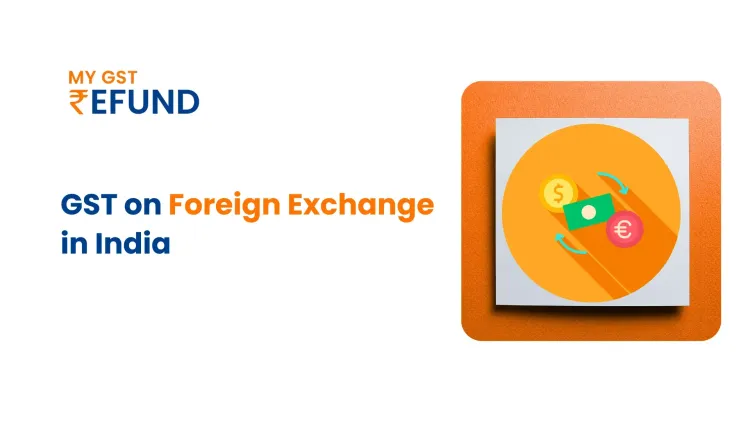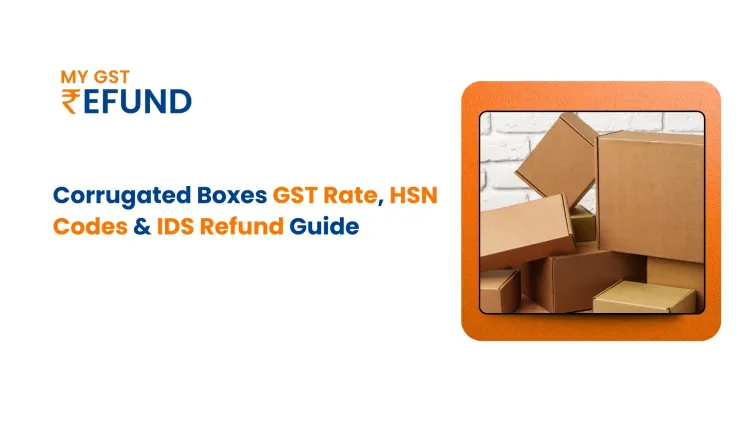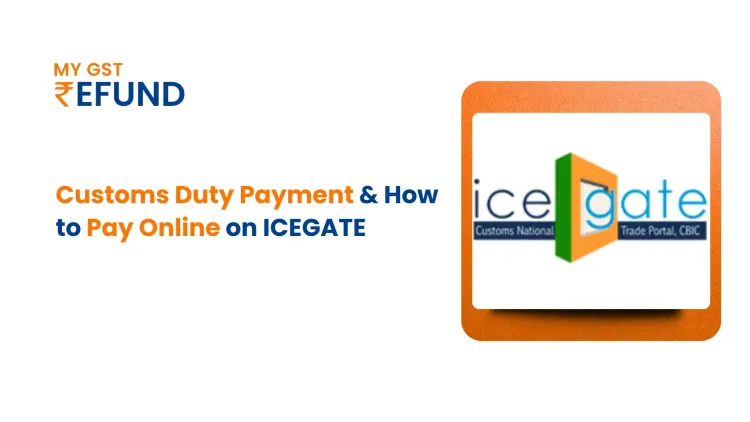A Guide to Forex Hedging for Exporters
The exporters in the current global market are in a situation where the currency of the country does not coincide with the native currency. It implies that they are always subjected to fluctuations in the exchange rates. Such currency fluctuations are known to affect the value of money they get when they export their products. To secure their export business against such uncertainties, exporters bank on what is termed as Forex Hedging, or to be more precise, currency hedging.
This blog covers forward contracts, options, and natural hedging, which are forex strategies that can help exporters protect their business decisions.
What is Forex Hedging?
Forex hedging is a financial strategy used by exporters to avoid unexpected potential losses due to currency exchange rate fluctuation. Currency rates might change by the time the business gets the payment from overseas. Forex hedging gives exporters the chance to fix their exchange rates or lessen the risk from changes.
As an example, an Indian based exporter may sell his merchandise to the U.K. but agree to accept the money in U.S. dollars. The exporter uses the U.S. dollar as well as the Indian rupee, and all these currencies have the tendency to appreciate or depreciate; hence, the change in balance between the time when the product is ordered and when payment is to be made leads to the exporter risking money.
In cases like this, it is possible to use a Forex Hedging, which can fix the exchange rate during the transaction. This will ensure that the exporter is definite about the amount they are assured of getting back in their own currency, either in the future or even after the exchange rates fluctuate.
In simple words, Forex hedging avoids big losses if the price of currencies fluctuates while you hold your transactions.
Common Forex Hedging Instruments
Exporters have several tools at their disposal when it comes to forex hedging. Every kind of financial instrument performs a unique function depending on how big, how regular and how valuable the transactions are.
1. Forward Contracts
Using a forward contract, exporters can guarantee an exchange rate for a future export sale. If you are expecting a specific amount in 60-70 days and agree to a forward contract, you will get the same exchange rate without worrying about market movements before the delivery. It’s one of the most widely used forex hedging tools.
2. Currency Futures
Such contracts are standardized and traded like forwards, but they have a much bigger pool of traders. If a company engages in large-volume trading, currency futures become very useful because they give added flexibility and visibility.
3. Options
Options provide the right to exchange currency at a specific rate. It’s good if you want to take advantage of strong currencies and can also support yourself if the currency moves the opposite way against you.
4. Natural Hedging
You should set up your operations to reduce much risk your business faces. For example, doing business using the same currency as your imports or exports, or operating a factory overseas to meet your demand for a different currency, naturally serves as a forex hedge.
Benefits of Forex Hedging for Exporters
Why should exporters care about forex hedging? Since the results are not only about risk, but also have effects on profits, future plans, and being ability to compete.
1. Work to keep profit margins healthy.
Changes in the value of currencies may quickly reduce profits. Forex hedging locks in your expected returns and helps maintain your pricing strategy.
2. Reduce Uncertainty
Predictable cash flow is a key issue for any business. Forex hedging would mean you would have a structure of how to react to the unpredictable, since you would be able to plan comfortably.
3. Competitive Edge
Any exporter who can control their risks by hedging can price their goods reliably and attract more customers internationally.
Key Considerations Before Hedging
It is important for exporters to consider these things before hedging:
Think about Which Deal Is Right: A forward may be best suited for a fixed price. Options may be preferable when money sometimes arrives at unpredictable times.
Consider the Costs: Premiums and margins are included in the costs of hedging.
Time Your Strategy: Match your hedging with when BRCs are issued and their refunds are scheduled.
Conclusion
Forex Hedging is crucial to exporters, who wish to be financially stable when the currency environment is not stable. In order to ensure that there is a smooth flow of cash and risk is minimized, companies rely on methods like the forward contracts, options, and the natural hedging. Nevertheless, clever hedging is all about timely payments, proper documentation, and sufficient working capital.
That’s where BRCs, Export GST Refund, and Export finance come in. Services like MYGSTRefund simplify these processes by offering faster refunds, BRC generation, and working capital support. It allows exporters to focus on achieving growth without worrying much about forex risks.
Frequently Asked Questions
What is a hedge in forex?
A hedge in forex is a way to protect against risks caused by changes in currency exchange rates for international deals.
What is the best forex hedging strategy?
Strategy depends on your exposure to the risks. Many choose forward contracts because they are simple and always clear in their terms.
What is forex hedging?
Forex hedging is the act of protecting your export earnings from exchange rate volatility using financial instruments.
How do forward contracts help in forex hedging?
By using forward contracts, exporters can avoid losses from events like a lower exchange rate.
Why should exporters use forex hedging?
For profit protection, steady cash flow, and being competitive with competitors globally.
Related Posts







